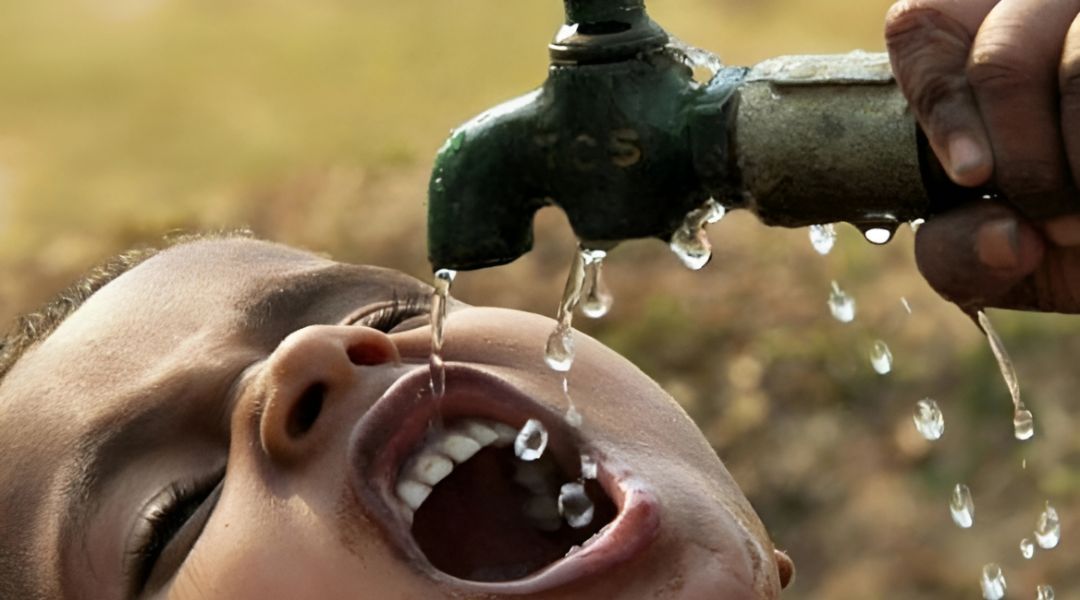
India’s huge population makes it very vulnerable when it comes to water shortage and scarcity. About 330 million people in the country now suffer from regular water shortage issues. A dry spell causes the number of people suffering to rise sharply. Last year some 300 districts spread across 13 states including Uttar Pradesh, Maharashtra, Odisha, Bihar, Jharkhand, Andhra Pradesh, Telangana, and Madhya Pradesh suffered from an acute shortage in the supply of drinking water. Trains carrying drinking water had to be sent to Latur in Maharashtra.
India’s economy is largely dependent on its agriculture. Water shortage and drought not only affect the rural districts but also have a disastrous effect on inflation and economic progress. With alarming issues like farmer suicides surfacing, it is time we Indians introspect and take a harder look at water wastage in the county.
Water Wastage In India
A recent study suggests that by 2040 there will be no drinking water in almost all of India. By far the greatest waste occurs in electricity producing power plants, which require great amounts of water to cool them down. Between 2030 and 2040, many parts of the world will face fresh water scarcity and India is likely to be one of the worst affected countries.
Contamination of fresh water sources by elimination of untreated water from factories and industries will further worsen the scenario. Wastage by urban population is already a great challenge we have set out to combat. Despite having over 18 percent of the world’s population, India has only 4 percent of the total available water resources. This is something that we need to come to terms with as we approach World Water Day this year.
Alarming Statistics
- Per capita availability of water in India has gone down from 6,042 cubic metre in 1947 to about 1,545 cubic metre in 2011.
- By 2050, India’s burgeoning population and water scarcity will reach alarming proportions.
- Over 90 percent of the waste water discharged into rivers, lakes, and ponds is untreated and leads to further contamination of fresh water sources.
- The greatest waste of fresh water comes from lack of adequate storage and utilisation facilities of river waters.
- India has no desalination facilities to use the abundant seawater resources.
